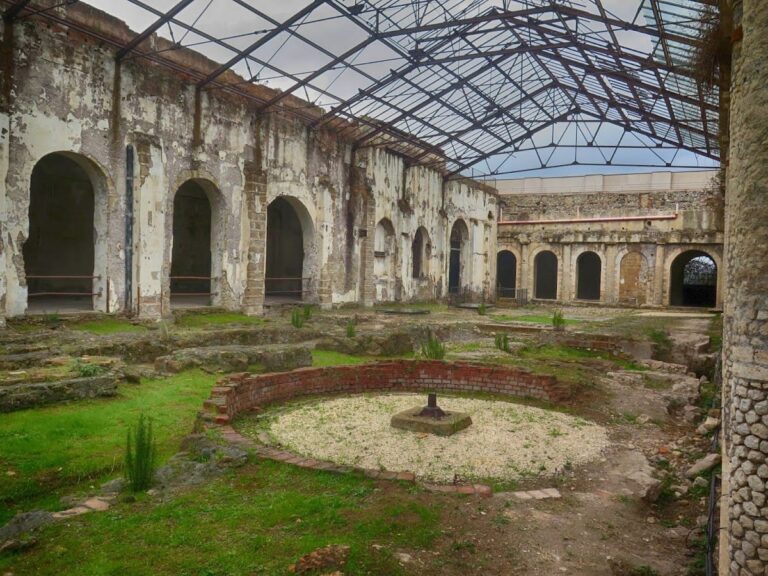Castello Savelli Torlonia: A Medieval Castle in Palombara Sabina, Italy
Visitor Information
Google Rating: 4.2
Popularity: Low
Google Maps: View on Google Maps
Official Website: www.ilcastellosavelli.it
Country: Italy
Civilization: Unclassified
Remains: Military
History
Castello Savelli Torlonia sits atop the highest hill in Palombara Sabina, Italy, and was originally built by the Ottaviani family, a branch of the Crescenzi noble lineage. Its earliest recorded mention dates back to 1064 in the Sublacense register, establishing the castle as a medieval defensive stronghold during a period of frequent territorial conflicts among local Roman families.
In the late twelfth century, the castle gained historical significance when it became the site of the arrest of Antipope Innocent III in 1180, highlighting its role within Church and regional politics. By the mid-thirteenth century, ownership shifted to Luca Savelli, nephew of Pope Honorius III, which contributed to the castle’s name. During the 13th and 14th centuries, the structure saw substantial expansion and renovation, especially around its prominent medieval watchtower, reflecting evolving military needs and architectural styles. At this time, the fortified walkway called the Muro del Soccorso was also extensively modified in the late fifteenth century to strengthen the castle’s defenses.
In 1310, the castle assumed a judicial function as the location where the Knights Templar were tried, showing its use as an administrative center beyond purely military purposes. The sixteenth century witnessed a major reconstruction led by Troilo Savelli, who enhanced the fortress’s strength and commissioned rich frescoes to adorn the interior rooms and chapel. The property remained in noble hands through subsequent centuries, experiencing various ownership changes until it was finally acquired by the Municipality of Palombara in 1971. Today, it serves as a cultural site housing a library and natural history museum, preserving its layered history.
Remains
The vast Castello Savelli Torlonia complex covers about 10,000 square meters and consists of 132 rooms, potentially making it the largest castle in the Lazio region. Its sprawling layout retains a medieval character due to the consistent use of traditional building materials and techniques throughout successive expansions from the 13th to 14th centuries. The castle’s structures cluster around a dominant masonry watchtower topped with battlements featuring caditoie—openings used for defensive shooting.
Positioned at the hill’s summit, the castle overlooks spiral streets that radiate outward, connecting it to major ancient roads leading to Rome, including the Via Salaria and Via Tiburtina. Within the interior, several rooms are adorned with frescoes attributed to the Renaissance artist Baldassarre Peruzzi, commissioned by Troilo Savelli during the 16th century renovations. Among these are a series of portraits celebrating Roman heroes, such as the general Attilio Regolo. These images are accompanied by inscriptions praising their virtues, separated visually by decorative motifs of brown ox heads set against a green background.
The castle’s study features a ceiling decorated with grotesque frescoes where putti—cherubic figures—morph into acanthus leaves, a common ornamental motif symbolizing enduring life. A nearby smaller study contains painted allegories of the classical liberal arts—astronomy, music, rhetoric, arithmetic, geometry, and dialectic—reflecting the intellectual aspirations of its Renaissance patrons. These artistic elements contribute a rich cultural layer to the castle’s primarily military and administrative origins.









